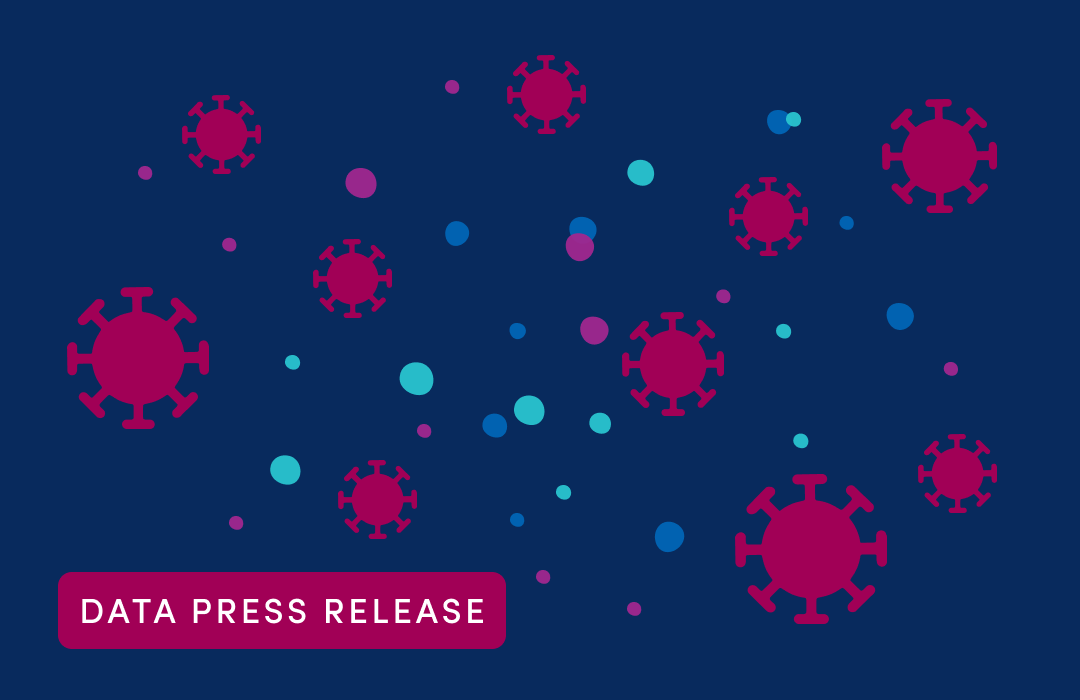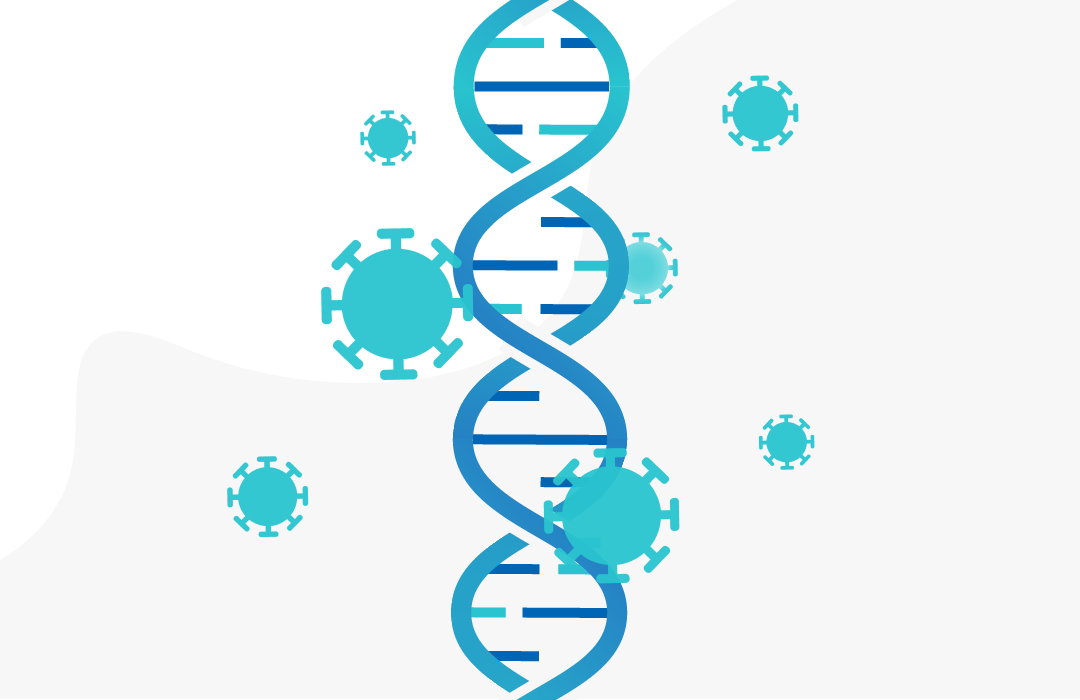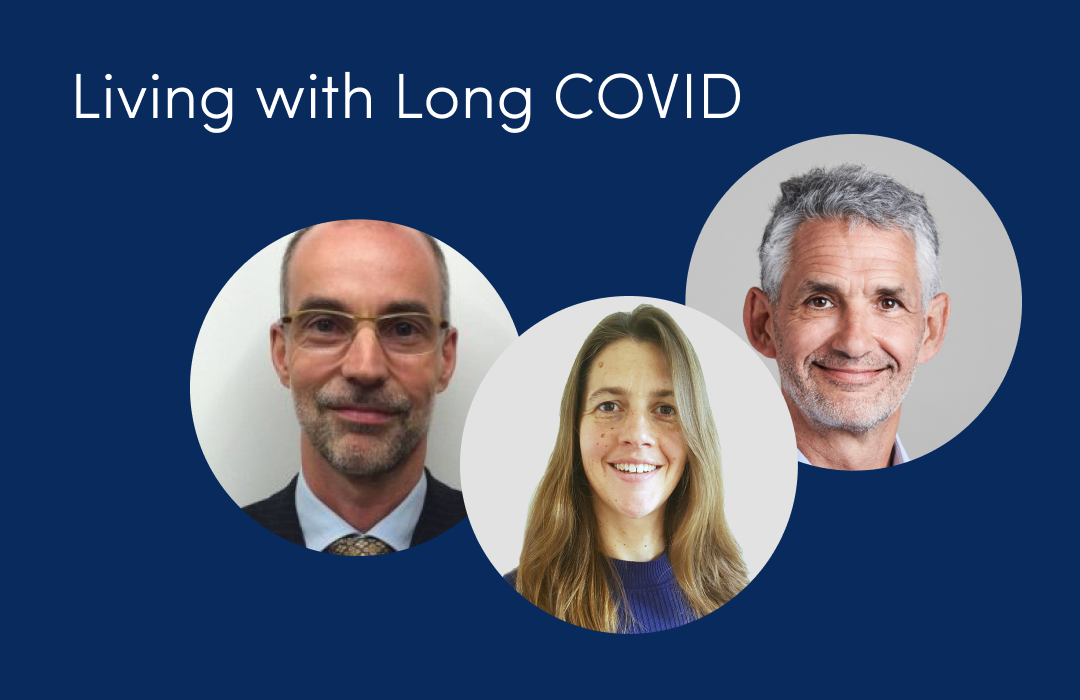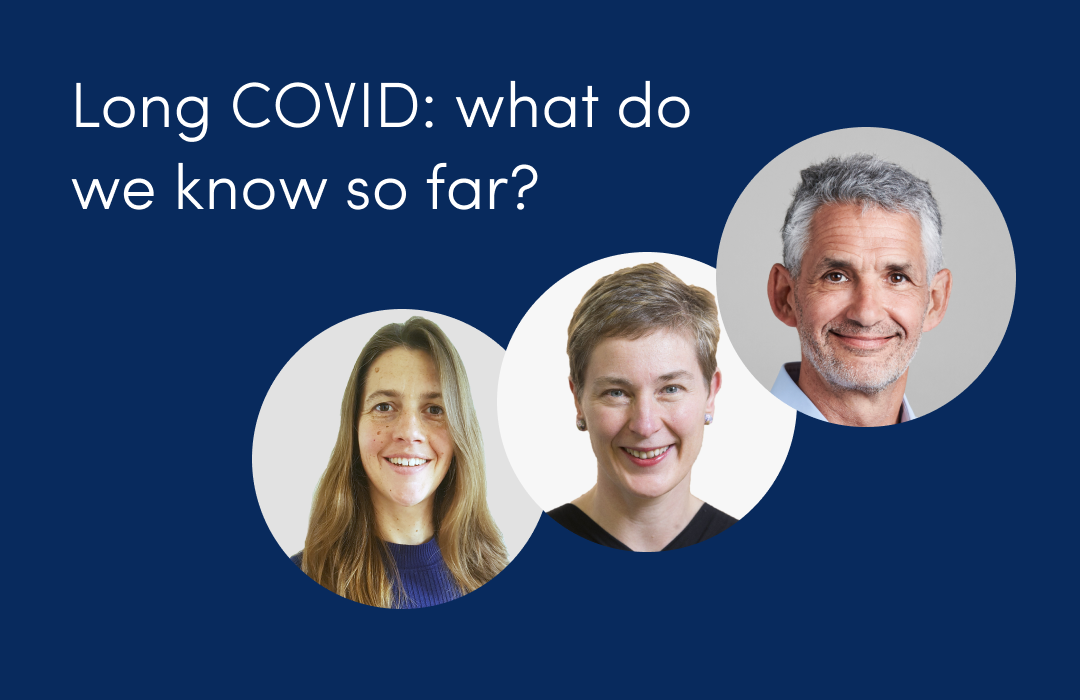
How your data will help fight COVID-19 in the US
March 28, 2020

This article has not been updated recently
As the COVID-19 coronavirus pandemic grips the US, we are recruiting millions of ‘stay-at-home scientists’ across the nation. Our aim is to track the symptoms of millions, slow the outbreak of the disease and identify those at risk sooner.
What is the aim of the study?
As the COVID-19 coronavirus pandemic grips the US, we are recruiting millions of ‘stay-at-home scientists’ across the nation. Our aim is to track the symptoms of millions, slow the outbreak of the disease and identify those at risk sooner. We also hope to advance the scientific understanding of the virus so we can collaborate with other scientists on vaccines, predict the next wave of COVID-19 and keep Americans safe.
The research we are doing is being led in partnership with Andrew T. Chan at Massachusetts General Hospital and the Harvard School of Public Health, Professor Christopher Gardner at Stanford Medical and Professor Tim Spector of King's College London, UK, where the app already has close to 2 million users providing critical information to researchers every day.
What do I need to do?
Anyone can take part by downloading the free COVID Symptom Tracker app from the Apple app store and Google Play store or via this website. All you need to do is answer a few simple questions about yourself and your current health, then check-in daily to say whether you’re feeling fine or have noticed any new symptoms.
Why is symptom tracking critical right now?
Right now, researchers and physicians still don’t have an accurate picture of the symptoms of coronavirus infection, particularly if they are mild. While people are told to be alert for fever, persistent coughing and breathlessness, many are reporting symptoms such as headaches, muscle pains, loss of smell or taste, and diarrhea. But these can also be symptoms of less serious conditions like seasonal colds or allergies
Andrew T. Chan, Professor of Medicine at Harvard Medical School and a gastroenterologist at Massachusetts General Hospital said, “Although the classic symptoms of COVID-19 are fever and a persistent cough, it is increasingly clear that symptoms of COVID-19 can vary widely, with some individuals harboring the virus with minimal symptoms or symptoms such as diarrhea that could be mistaken for something else.
"We know the reality is that there is a lack of available and timely testing of COVID-19 for everyone ", said Chan. "This may be a better way to find out where hot spots of spread are, new symptoms to look out for, and use as a planning tool to target quarantines, send ventilators and medical equipment and provide real-time data to plan for future outbreaks."
Without widespread testing for current or previous infections, this variation in symptoms makes it hard to track the true spread of the disease and figure out who might have already been infected. By gathering symptoms from millions of people across the country, researchers can build a better picture of the onset and progress of COVID-19, and start to figure out why some people become severely ill or die while others are only mildly affected.
Who is already taking part?
The app is being rolled out to more than 280,000 participants in the Harvard-led Nurses Health Study.This is one of the largest and longest running scientific studies in the world stretching back to 1976. Many participants in the Nurses' Health Study are still active healthcare workers who are treating people with COVID across the country and risking their own health to help fellow Americans.












.png)


.jpg)














.png)







%202.png)
.png)


















.png)






